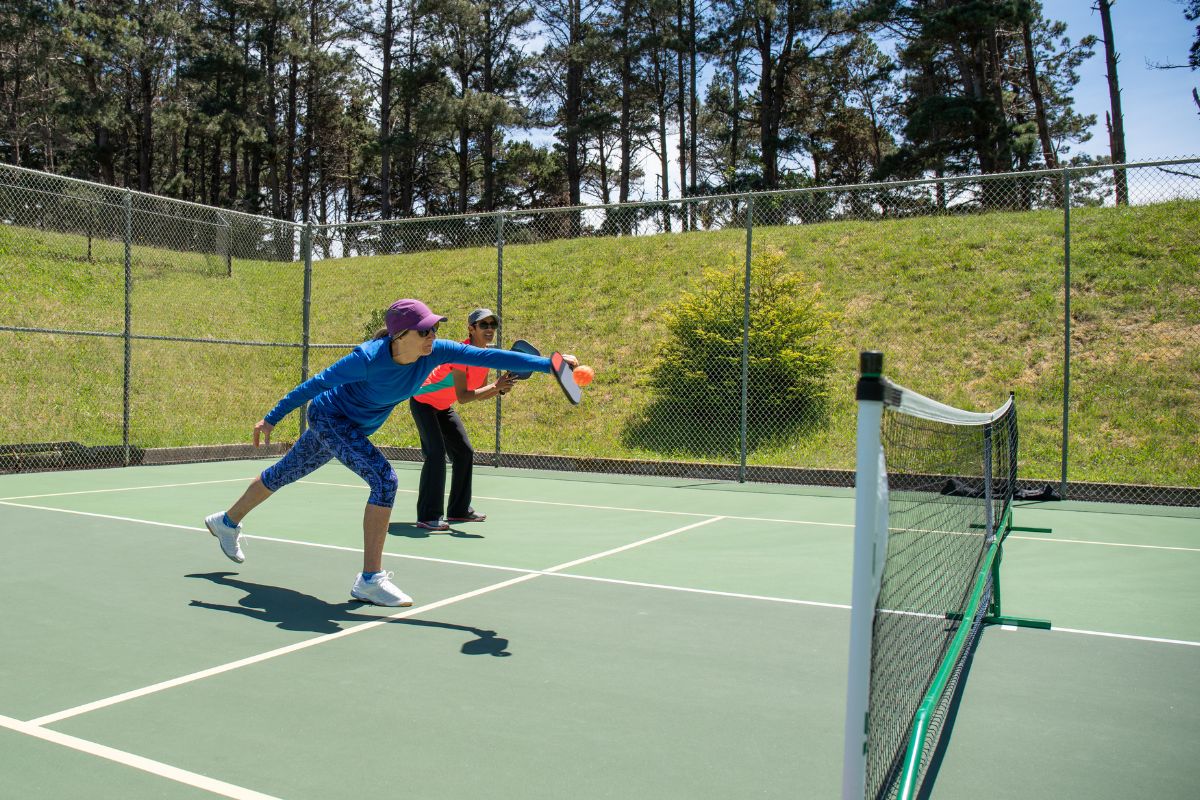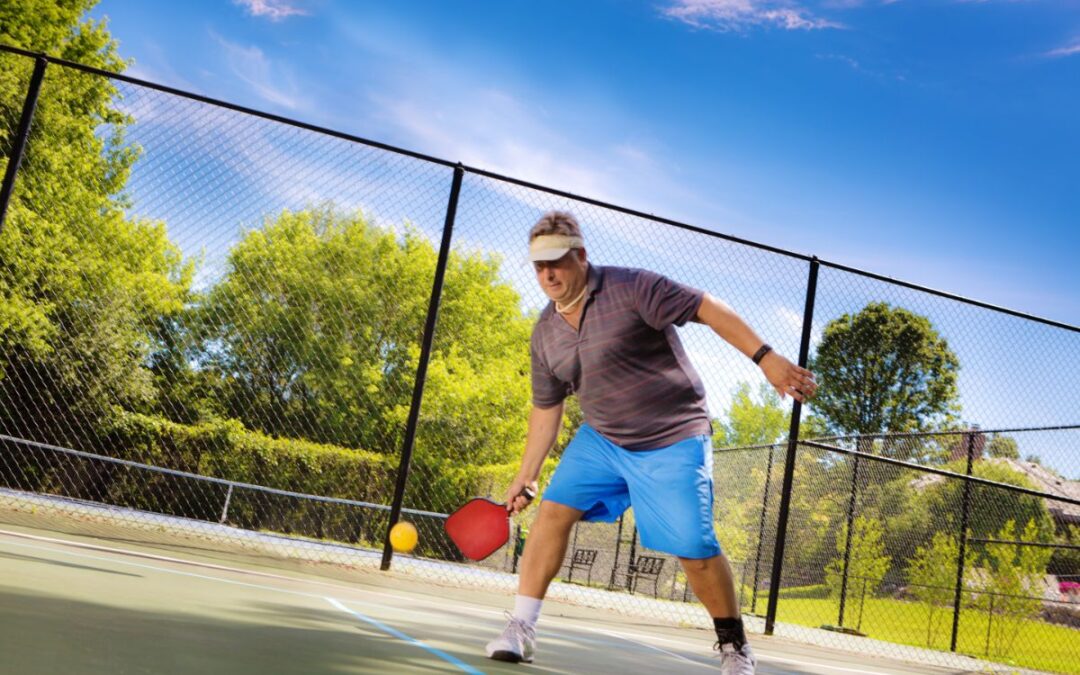Pickleball is a versatile sport that is gaining popularity, not just in the US, but around the world.
As people tailor the game to their wants and needs, it has started to evolve. Especially in the case of competitive games, the rules can be adjusted to best suit the competitive environment.
For instance, the total points needed to win a match of pickleball is typically 11, but in some competitions, the winning points can be increased up to 20.
While people can choose between casual and competitive play, indoor or outdoor, and singles and doubles matches, there is also an alternative scoring system that can be used in pickleball – rally scoring – though it is not without controversy within the pickleball community.
What Does The Term ‘Rally’ Mean In Pickleball?
A ‘rally’ in pickleball, like in tennis and other similar sports, is the consecutive passing of the ball between the players until someone faults.
The rally ends with a fault and is restarted with the next serve.
An ongoing rally is exciting in any paddle/racket sport – tensions build the longer it goes on, and each unlikely save becomes more dramatic and impressive.
It takes a great deal of skill from all players to be able to maintain a rally, and there are game strategies you can implement to try and optimize your chances of being successful in doing so.
One such strategy is trying to remain toward the back of the court and trying to maintain a centerline position – this enables you to move around the court with more ease as you are positioned to be able to react to a variety of shots from your opponent.
What Is Rally Scoring In Pickleball?
Pickleball is traditionally played with side-out scoring, which is where only the serving side can score points.
In singles matches, the serving side alternates whenever the current server faults. In doubles pickleball, the serve passes from the first server to the second server, and then to the receivers with each fault.
The only exception to this is during the first service of a match, where the service will be passed onto the opponent rather than the second server. This is to try and maintain a degree of fairness.
Rally scoring is the scoring method used in other racket sports such as tennis.
Rally scoring allows either side to score during a rally, and the serving alternates with each point scored rather than only passing over when the server faults.
Rally scoring is regularly discussed within the pickleball community, and while it hasn’t been officially adopted by USA Pickleball as a rule change for 2022, it is regularly debated, and the question is raised as to what the consequences of a change such as this would be for pickleball.
What Are The Advantages Of Rally Scoring In Pickleball?
One of the main advantages of rally scoring is the fact that it allows pickleball matches to progress faster.
To compensate for this, games can be extended to last for 15 to 21 points rather than the typical 11.
The faster-paced matches make for a more exciting viewing experience for spectators.
This is especially useful in competitive matches, as if a game is more exciting to watch, then it will draw in more spectators.
More spectators mean that the sport gains popularity, viewership increases, and there may ultimately be more sponsorships and funding invested into the sport to help its continued development.
It could also draw more people into playing the game themselves if it looks fast-paced and exciting.

Rally scoring also allows for a more exciting and predictable pace within the game, as it is not limited to one side being able to score at a time.
Another benefit from a spectator’s point of view, or for someone new to the sport, is that rally scoring is used in tennis, badminton, ping-pong, and squash.
This makes it a much more familiar scoring system to track, which can be helpful when it comes to understanding pickleball.
Using the rally scoring system has had great success within other similar sports, so the possibility of adopting this scoring method is heavily discussed within the pickleball community to aid accessibility and competitive value.
What Are The Disadvantages Of Rally Scoring In Pickleball?
A disadvantage of rally scoring in pickleball is that it goes against the traditional rules of the game.
To some, the appeal of pickleball may be the alternative scoring system used when compared to other popular racket sports.
Up until now, a lot of pickleball strategies have been developed around the side-out scoring system given that only the serving side can score points.
If both sides were able to score at once, it would eliminate this strategic element of the gameplay.
Another issue with this is that it would arguably make the game more difficult for beginners, as it takes some level of skill to maintain a rally, and rally scoring means that there is a point that can be lost with every serve.
With traditional scoring, only the serving side can score. Even when the serving side faults, a point does not go to the receiver – the serve alternates to them instead.
Traditional pickleball means that there are only points to gain and the services to lose, and this extends the duration of the game and allows players to get more experience and further hone their skills.
Conclusion
The main deciding factor when it comes to whether or not you should use rally scoring could be as simple as the fact that it is not officially implemented in pickleball.
Playing by the traditional rules may be what gives pickleball its appeal, and for many established players, it could be a challenge to adjust their strategies for rally scoring.
Pickleball may lose some of its strategic appeal in the absence of the challenges of side-out scoring.
While other sports have adopted rally scoring and have found success in doing so, pickleball may benefit from maintaining its traditional system to stand out.
However, if you are playing casually and would like to mix things up, or shorten the play time of your pickleball matches, it could be worth using rally scoring to speed things up and make for a more exciting game where anything could change in a moment.


